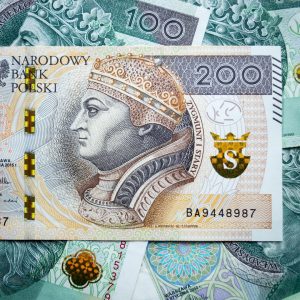Understanding Time Zone Forex: A Beginner’s Guide to Trading Across Time Zones
Forex, also known as foreign exchange, is a decentralized global market where currencies are traded. Unlike stock markets, which have fixed trading hours, forex operates 24 hours a day, five days a week. This round-the-clock nature of the forex market is made possible by its decentralized structure, with trading centers located in major financial hubs around the world. Understanding the concept of time zones in forex is crucial for traders looking to take advantage of the market’s continuous trading opportunities.
The forex market is divided into three major trading sessions: the Asian session, the European session, and the North American session. These sessions overlap at certain times, creating periods of high trading activity. The Asian session begins with the opening of the Tokyo market at 7:00 PM (EST), followed by Singapore and Hong Kong. The European session starts with the opening of Frankfurt at 2:00 AM (EST) and continues with the opening of London at 3:00 AM (EST). Lastly, the North American session begins with the opening of New York at 8:00 AM (EST).
Understanding the time zones of these sessions is essential for traders as it allows them to identify the best times to trade. Each session has its unique characteristics, influenced by the major financial centers within it. For example, the Asian session is known for its lower volatility and liquidity compared to the other sessions. This is because major economic data releases and news events usually occur during the European and North American sessions. Therefore, traders who prefer lower volatility may find the Asian session more suitable for their trading strategies.
The overlapping periods between sessions are particularly significant as they tend to have higher trading volume and volatility. The most notable overlap is the London and New York overlap, which occurs between 8:00 AM and 12:00 PM (EST). This period is often referred to as the “power hours” as it represents a time when both the European and North American markets are open simultaneously. As a result, traders can take advantage of increased liquidity and volatility, which may present more trading opportunities.
To fully understand the time zones in forex, it is important to consider the concept of daylight saving time (DST). DST is the practice of setting the clock forward by one hour during the warmer months to maximize daylight. However, not all countries observe DST, and the start and end dates vary across regions. This can create confusion for traders, as the trading sessions‘ opening and closing times may shift during DST transitions. It is crucial for traders to stay updated with the current DST schedule to avoid any confusion and adjust their trading strategies accordingly.
Another important aspect of trading across time zones is the concept of market hours. Although forex operates 24 hours a day, not all currency pairs are equally active during all sessions. Certain currency pairs have higher liquidity and trading volume during specific sessions. For example, the EUR/USD pair tends to have the highest trading volume during the London and New York overlap, as both the Eurozone and the United States are major economic players. Conversely, during the Asian session, currency pairs involving the Japanese Yen, such as USD/JPY, tend to have higher liquidity due to the active participation of Japanese traders.
Understanding the time zones in forex also involves considering the impact of news releases and economic events on currency pairs. Major economic data releases, such as employment reports or central bank announcements, can significantly impact currency prices. Traders should be aware of the timing of these events and adjust their trading strategies accordingly. For example, if a trader is planning to trade the USD/JPY pair and there is a significant economic announcement from Japan, it would be wise to avoid trading during that period due to the potential volatility and uncertainty it may create.
In conclusion, understanding time zones in forex is crucial for traders looking to take advantage of the market’s continuous trading opportunities. Being aware of the different trading sessions, their characteristics, and the overlapping periods can help traders identify the best times to trade based on their individual trading strategies. Furthermore, staying updated with the current DST schedule and being aware of the impact of news releases on currency pairs are essential for successful forex trading across time zones.






